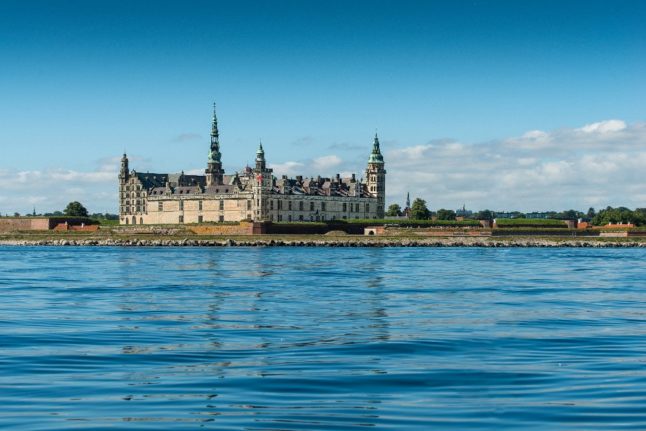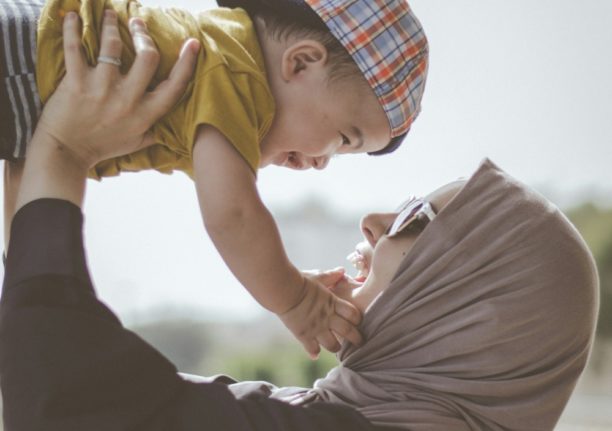Happy couples who want to exchange vows at the spectacular location will have to act fast, however, with only a small number of slots available.
On one day only – September 9th – drop-in marriages will be conducted at the Slotskirken (Castle Church) within Kronborg.
The ecclesiastical marriage ceremonies will each last 15 minutes.
“It’s normally only possible for parishioners to get married here. Through these drop-in church marriages, we hope to open Kronborg Castle Church to more newlyweds,” castle priest Sigurd Victor Stubbergaard said in a press statement.
READ ALSO: Why do foreign couples head to Denmark to get married?
The drop-in weddings are a “unique opportunity to fulfil the dream of having a church wedding in a historic setting at Kronborg Castle,” Stubbergaard said.
“We also want to appeal to those who desire a shorter and more informal ceremony but where it is important to receive the church’s blessing of the marriage,” he said.
A total of 16 marriages will be conducted by Stubbergaard and church colleagues on the day. Couples are permitted to bring 15 guests.
Anyone interested in saying “ja” (“I do”) on the day in question should contact the deacon at St. Mary’s Church (Sct. Mariæ Kirke) in Helsingør to reserve a slot. A first-come, first-served basis applies.



 Please whitelist us to continue reading.
Please whitelist us to continue reading.
Member comments